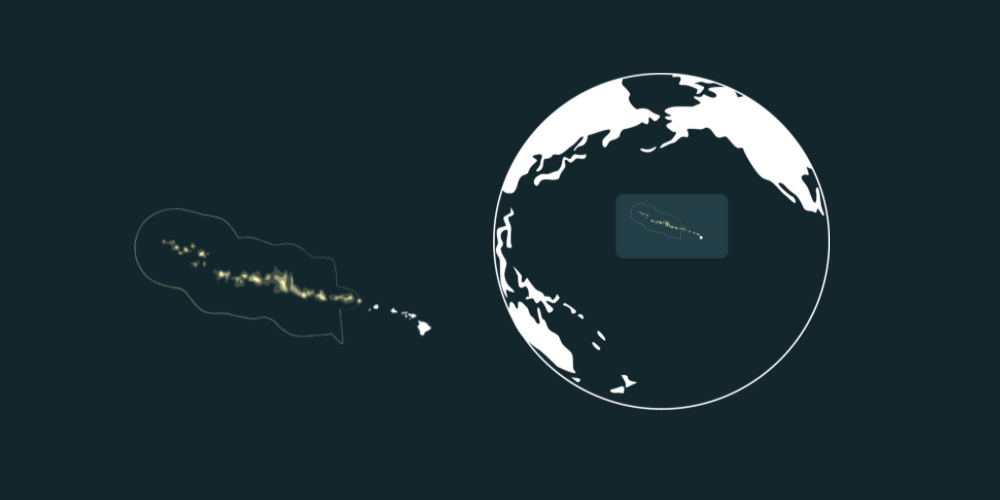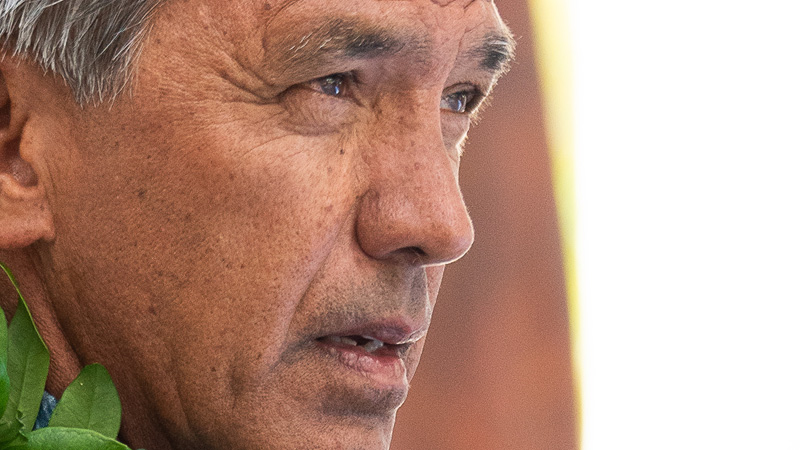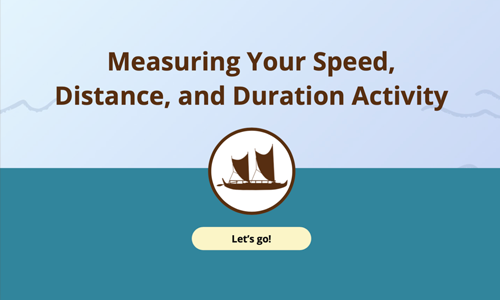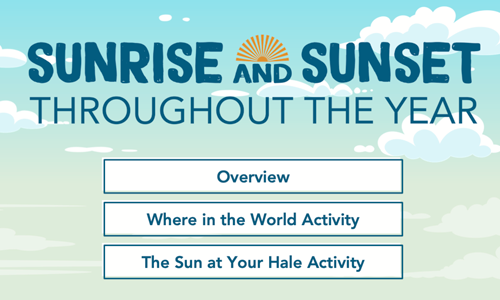
Ho’okele, meaning “to steer,” is also the term for navigator and voyager. When we think about steering a wa’a kaulua (double-hulled canoe), what comes to mind is the hoe uli, the long steering paddle that guides the canoe along the ala kai, or “sea road.”
Home / Ho’okele(Sail Plan) / Papāhanaumokuākea


Papahānaumokuākea
Papahānaumokuākea is considered a sacred area, from which Native Hawaiians believe all life springs, and to which spirits return to after death.
It is the largest contiguous fully protected conservation area under the U.S. flag, and one of the largest marine conservation areas in the world. It encompasses 582,578 square miles of the Pacific Ocean (1,508,870 square kilometers) – an area larger than all the country’s national parks combined.
Cited from the Papahānaumokuākea Marine National Monument
Sense of Place
Learn about Papahānaumokuākea through song, stories and art. Click on the links below to explore the islands.

“These precious islands are a school that holds lessons for all of humanity and the earth and our canoes are the classrooms.”
Nainoa Thompson,
Pwo Navigator and President of the Polynesian Voyaging Society (PVS)
Crew Reflection
Listen to reflections from crew member, Jonah Apo, as he shares his desire to perpetuate the voyaging legacy of Hawaii.
Learning Activities
Digital Activity / Grades 3-6 / Math
As wayfinders prepare to embark on a journey across the Pacific they will face the dilemma of what to pack for the long voyage. Learn what actual crew members bring along and what they choose to leave behind.
Digital Activity / Grades 5-8 / Science
When sailing, wayfinders must be aware of where the sun rises and sets in order to ensure they’re hading in the right direction. Learn about the location of the sun throughout the year and how it’s position helps wayfinders navigate the ocean.



